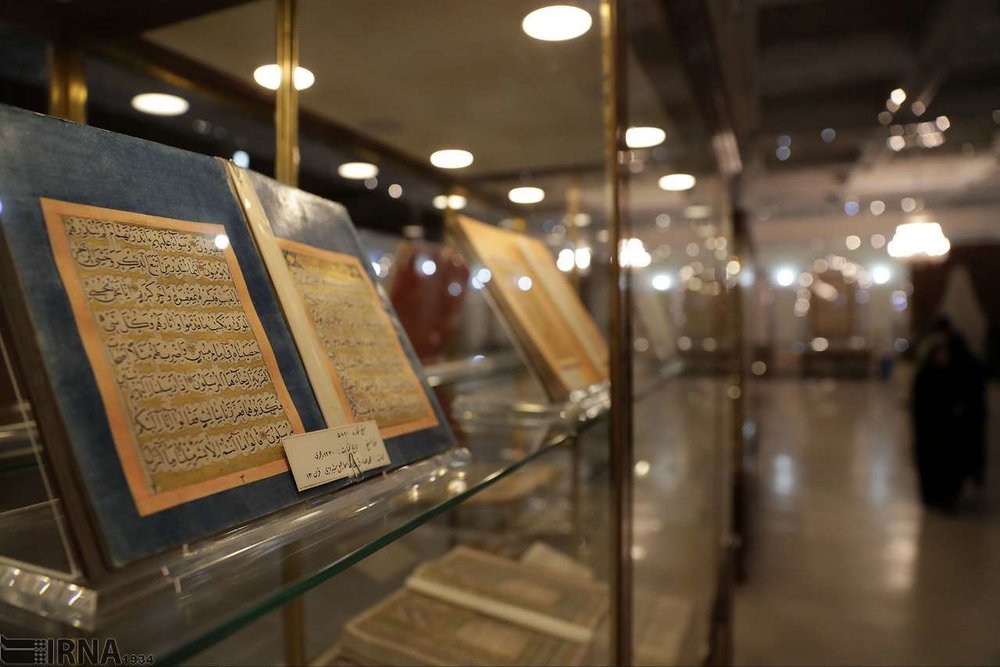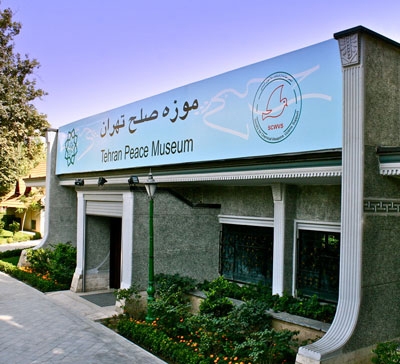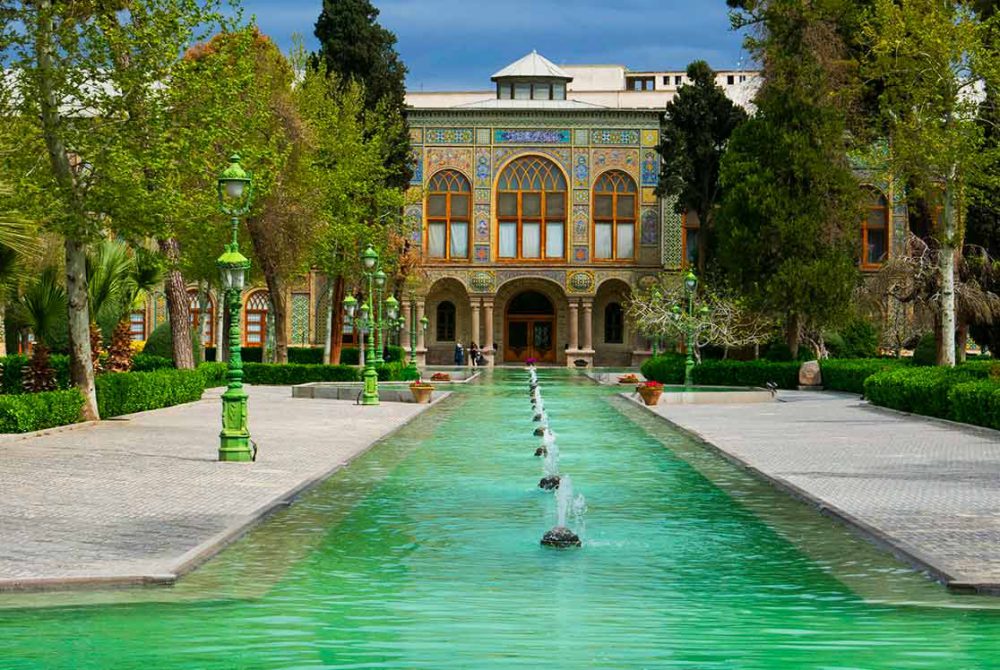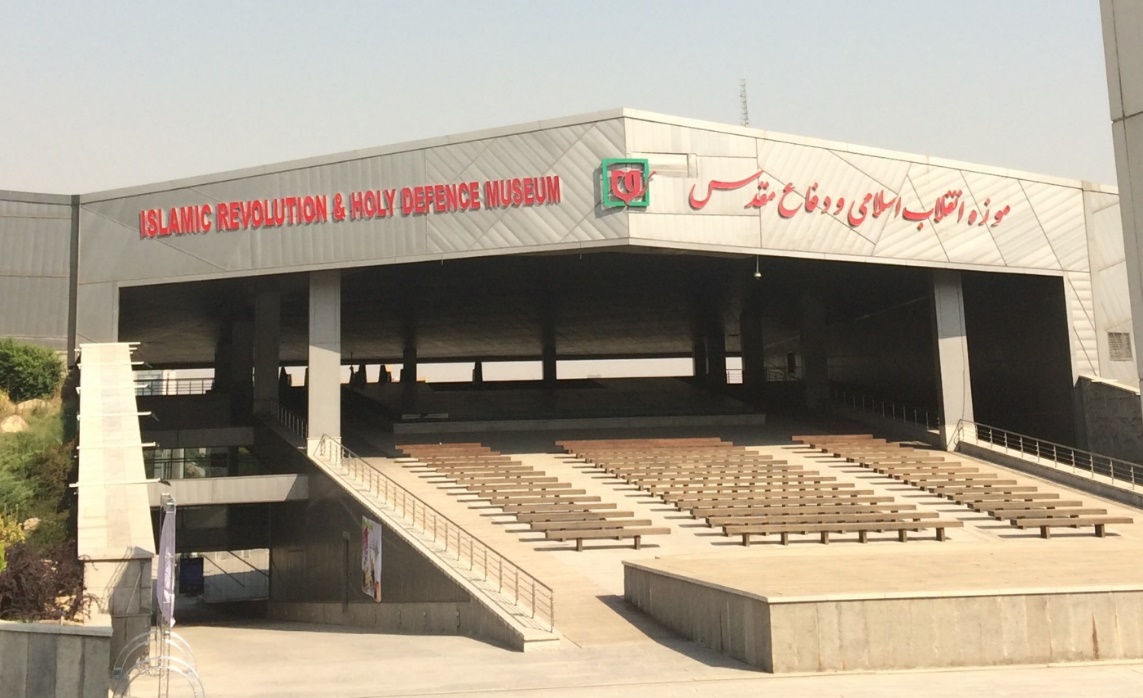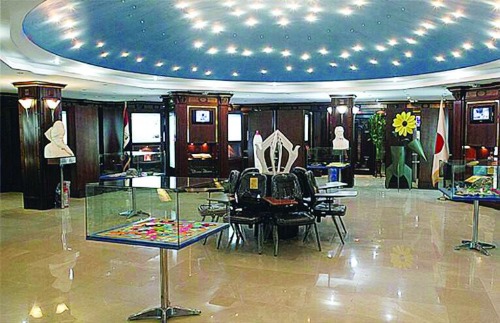
Ferdows Garden (Cinema Museum of Iran)
Ferdows Garden (Bagh-e Ferdows) is a historical complex located in the district of Tajrish in the northern part of the city of Tehran (Tehran Province). The construction of this complex (garden and the palace located in it) dates back to the reign of the Qajar dynasty.
The area of Ferdows Garden is 20,000 square meters and the area of its aristocratic mansion is 1,000 square meters. The mansion comprises three and a half floors, which have exquisite decorations and beautiful plasterworks. There are three halls with separate halls on the first floor while the second floor has four halls. The garden area of the complex houses a pond and bronze statues of Suhrawardi (the famous Iranian philosopher of the sixth century AH/13th century CE) and Ibn Haytham (an Iranian scientist and the first scientist of light physics in the world).
Ferdows Garden has changed several hands (owners) and has undergone changes and repairs, and its mansion has, at times, been used as a school, a center of artistic activities, a film producing training center, and was eventually converted into a cinema museum in the year 2002 with the aim of collecting, preserving, registration and presentation of the heritage of Iranian cinema.
Different parts of the Ferdows Garden (Cinema Museum) include:
- The Blue Hall, which depicts the history of Ferdows Garden, Cinema Museum, the emergence of cinema in the world and Iran, the pioneers of cinema in Iran, and the first filmmaking equipment used in Iran;
- The Middle Hall (contemporaries), which provides information on behind the scene of Iranian films along with portraits of directors, cinematographers, make-up artists, stage and costume designers, and some of the Iranian cinema accessories;
- The International Hall, introducing the visitors to international awards of the Iranian cinema and the Iranian film festivals;
- The Sacred Defense Exhibition, providing information on films made on this issue, their directors, and the main contributors to their making;
- An Exhibition hall introducing the first cinema theaters, the first cinema owners, and the best-selling films of Iranian cinema;
- The Child Exhibition Hall, which provides information on actors, filmmakers, etc. who engaged in child and adolescence cinema;
- Ali Hatami’s Exhibition Hall displaying mementos of Ali Hatami, sculptures of Ezzatollah Entezami and Ali Hatami, costumes used by the Iranian artists in films produced before and after the Islamic Revolution;
- The Exhibition Hall of Celebrities in which pictures of the greats personalities of the Iranian cinema in various fields are at display;
- A Dubbing and Audio Exhibition Hall to introduce old equipment and tools for recording audios and producing record disks of movies, etc.;
- Farhad’s House to display a number of the personal belongings, books, and instruments of Farhad Mehrad (the Iranian singer, composer, and musician - 1944-2002);
- The Hall of History to introduce the first human efforts in the East for recording movements, early theater activities in China and India, the first illustrations made by Iranian to narrate Ferdowsi’s Shahnameh and religious narratives; and
- The Armenian Exhibition, introducing the effective role of Armenians in Iranian cinema.
The Cinema Museum holds 40,000 photographs of Iranian cinema and artists, more than 5,000 volumes of cinema magazines, 3,000 pieces of historical documents, correspondence and contracts, about 350 sets of tools and instruments, 2,500 film announcements, and 4,000 screenplays. The complex also has two cinema halls.
| Имя | Ferdows Garden (Cinema Museum of Iran) |
| Страна | Иран |
| Область | Восточный Азербайджан |
| Город | Азаршахр |

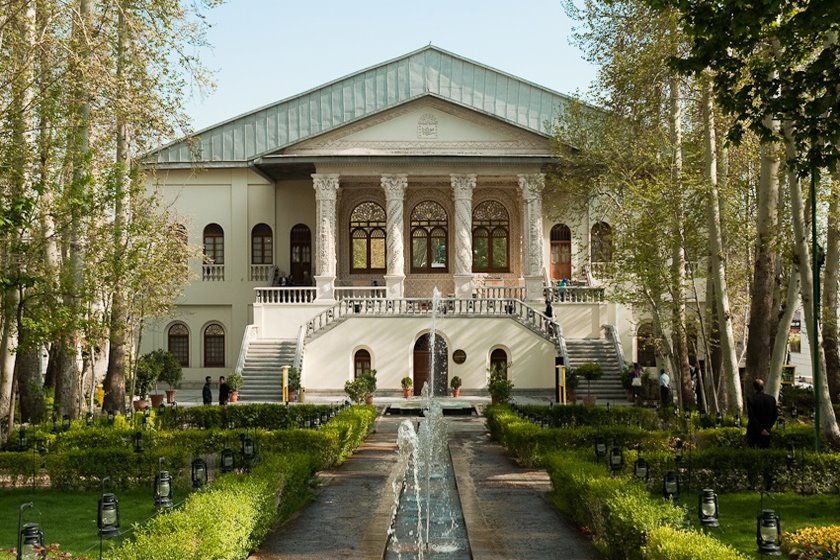
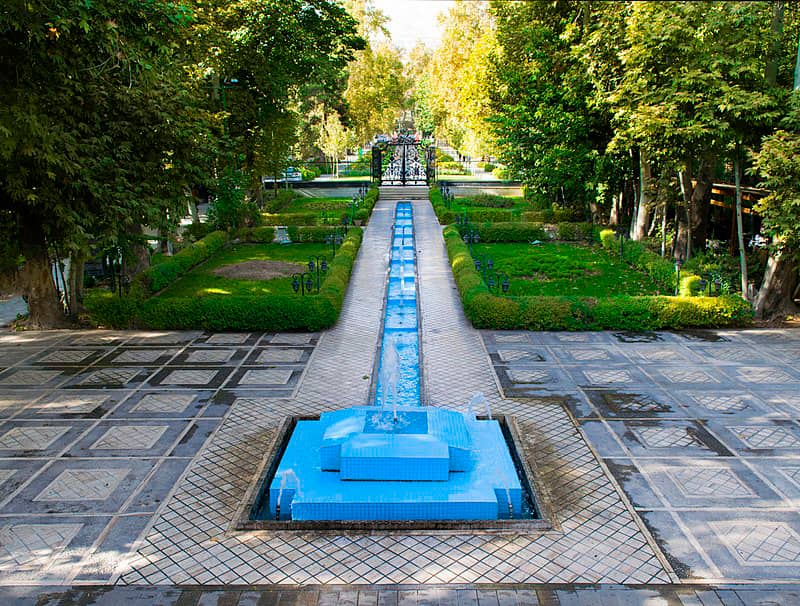
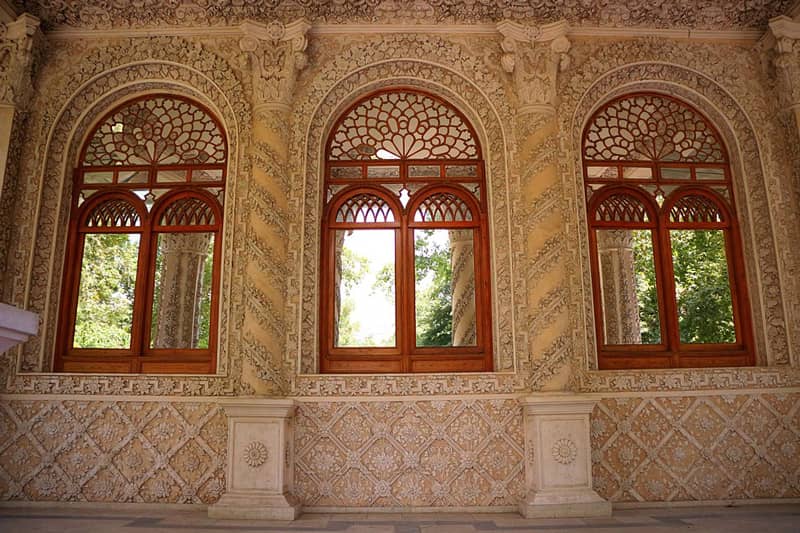
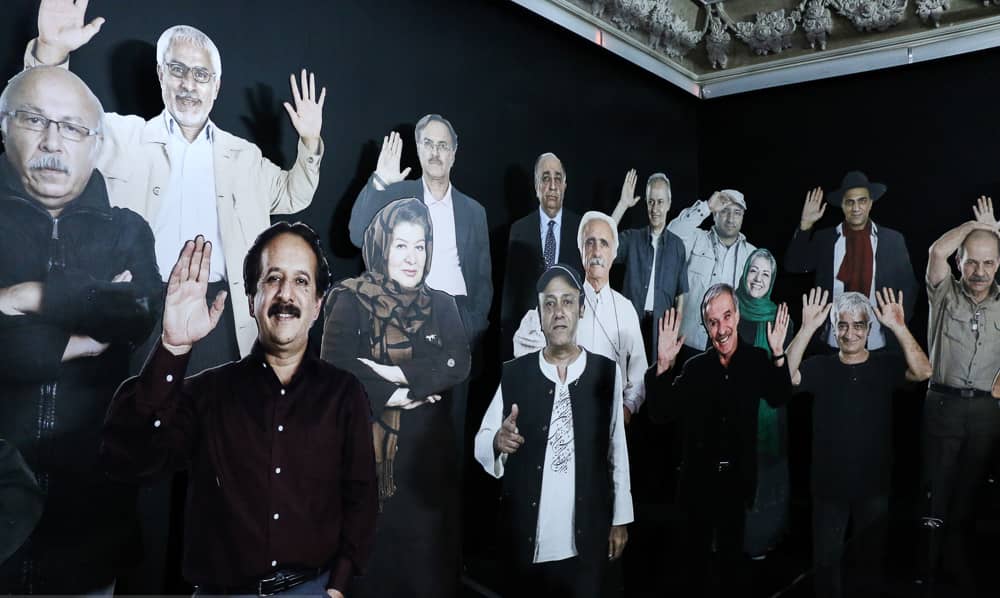
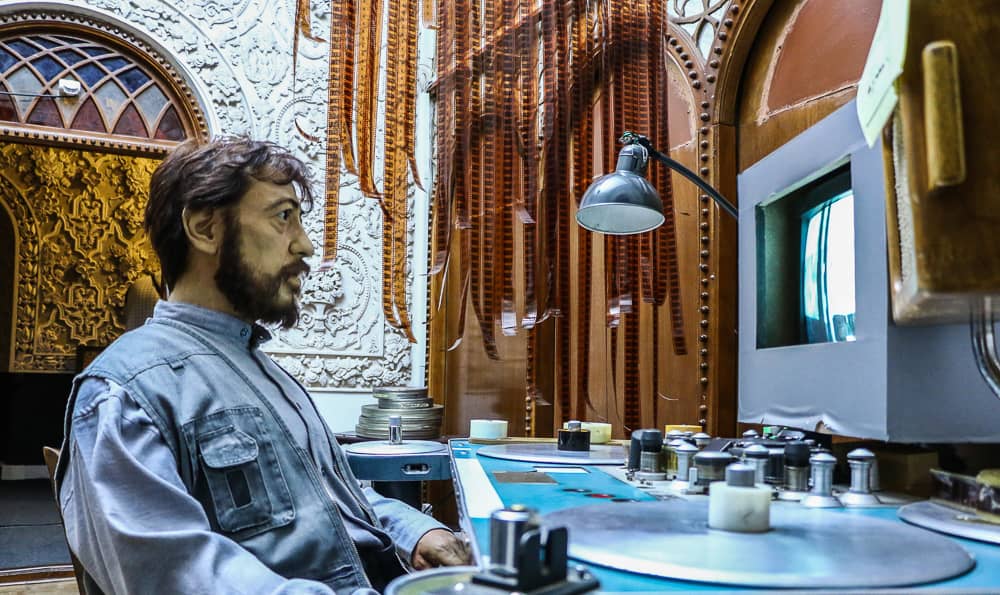
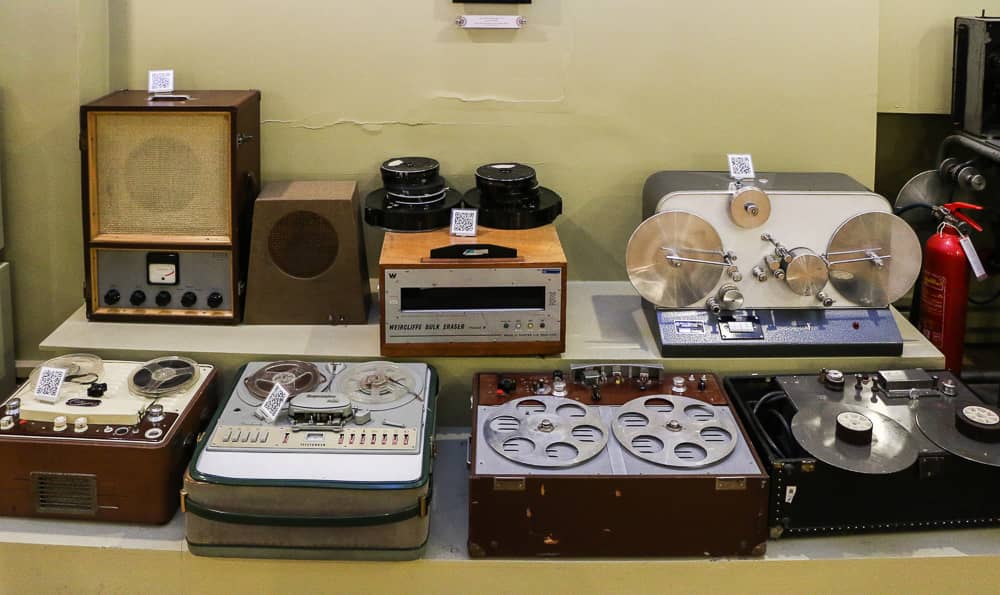
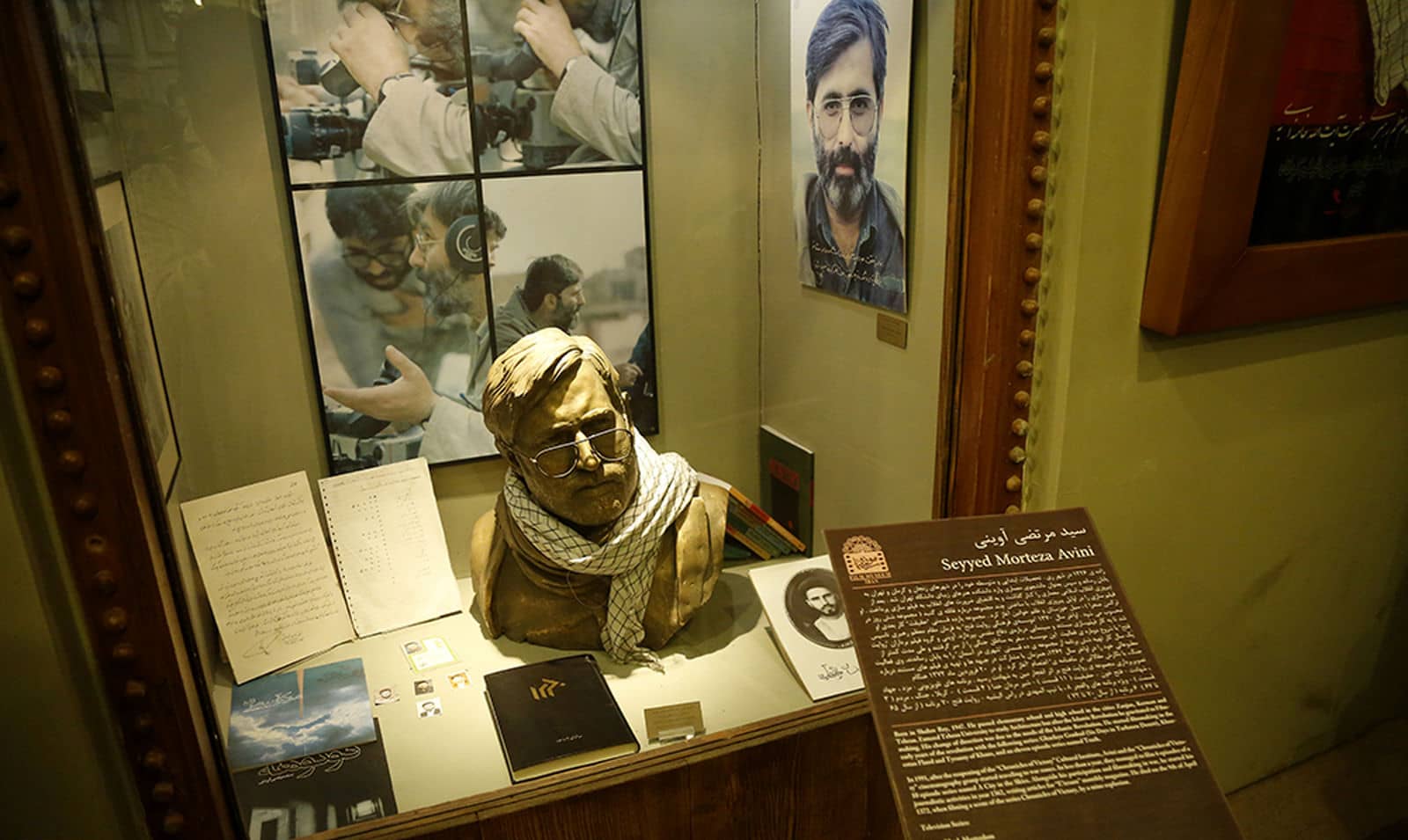
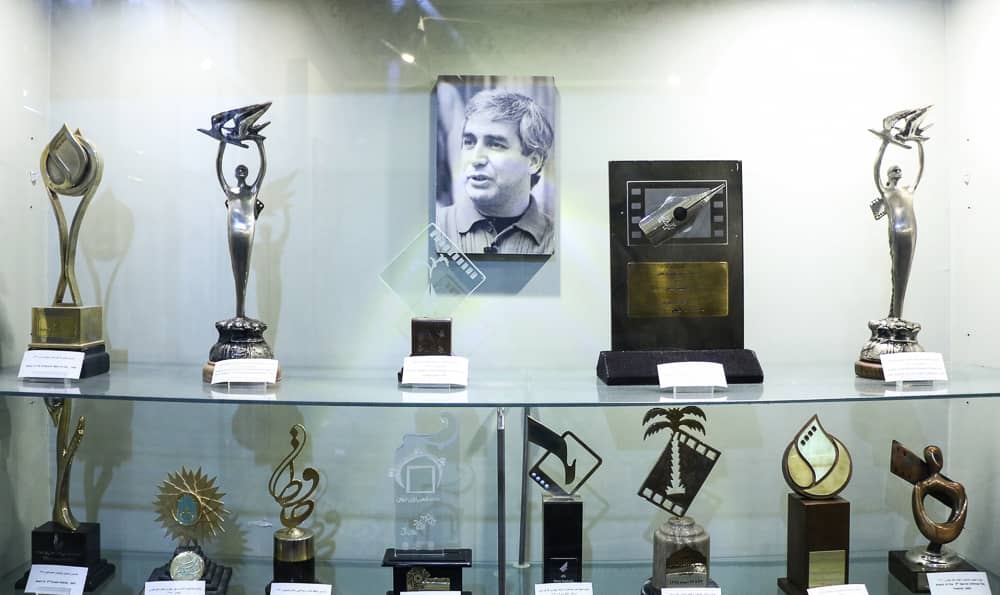










Ferdows Garden (Cinema Museum of Iran)
Ferdows Garden (Bagh-e Ferdows) is a historical complex located in the district of Tajrish in the northern part of the city of Tehran (Tehran Province). The construction of this complex (garden and the palace located in it) dates back to the reign of the Qajar dynasty.
The area of Ferdows Garden is 20,000 square meters and the area of its aristocratic mansion is 1,000 square meters. The mansion comprises three and a half floors, which have exquisite decorations and beautiful plasterworks. There are three halls with separate halls on the first floor while the second floor has four halls. The garden area of the complex houses a pond and bronze statues of Suhrawardi (the famous Iranian philosopher of the sixth century AH/13th century CE) and Ibn Haytham (an Iranian scientist and the first scientist of light physics in the world).
Ferdows Garden has changed several hands (owners) and has undergone changes and repairs, and its mansion has, at times, been used as a school, a center of artistic activities, a film producing training center, and was eventually converted into a cinema museum in the year 2002 with the aim of collecting, preserving, registration and presentation of the heritage of Iranian cinema.
Different parts of the Ferdows Garden (Cinema Museum) include:
- The Blue Hall, which depicts the history of Ferdows Garden, Cinema Museum, the emergence of cinema in the world and Iran, the pioneers of cinema in Iran, and the first filmmaking equipment used in Iran;
- The Middle Hall (contemporaries), which provides information on behind the scene of Iranian films along with portraits of directors, cinematographers, make-up artists, stage and costume designers, and some of the Iranian cinema accessories;
- The International Hall, introducing the visitors to international awards of the Iranian cinema and the Iranian film festivals;
- The Sacred Defense Exhibition, providing information on films made on this issue, their directors, and the main contributors to their making;
- An Exhibition hall introducing the first cinema theaters, the first cinema owners, and the best-selling films of Iranian cinema;
- The Child Exhibition Hall, which provides information on actors, filmmakers, etc. who engaged in child and adolescence cinema;
- Ali Hatami’s Exhibition Hall displaying mementos of Ali Hatami, sculptures of Ezzatollah Entezami and Ali Hatami, costumes used by the Iranian artists in films produced before and after the Islamic Revolution;
- The Exhibition Hall of Celebrities in which pictures of the greats personalities of the Iranian cinema in various fields are at display;
- A Dubbing and Audio Exhibition Hall to introduce old equipment and tools for recording audios and producing record disks of movies, etc.;
- Farhad’s House to display a number of the personal belongings, books, and instruments of Farhad Mehrad (the Iranian singer, composer, and musician - 1944-2002);
- The Hall of History to introduce the first human efforts in the East for recording movements, early theater activities in China and India, the first illustrations made by Iranian to narrate Ferdowsi’s Shahnameh and religious narratives; and
- The Armenian Exhibition, introducing the effective role of Armenians in Iranian cinema.
The Cinema Museum holds 40,000 photographs of Iranian cinema and artists, more than 5,000 volumes of cinema magazines, 3,000 pieces of historical documents, correspondence and contracts, about 350 sets of tools and instruments, 2,500 film announcements, and 4,000 screenplays. The complex also has two cinema halls.
| Имя | Ferdows Garden (Cinema Museum of Iran) |
| Страна | Иран |
| Область | Восточный Азербайджан |
| Город | Азаршахр |

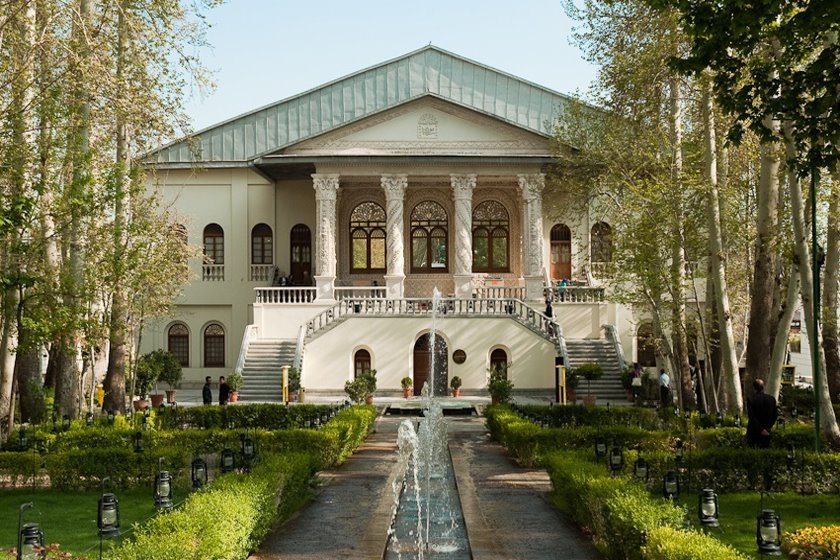
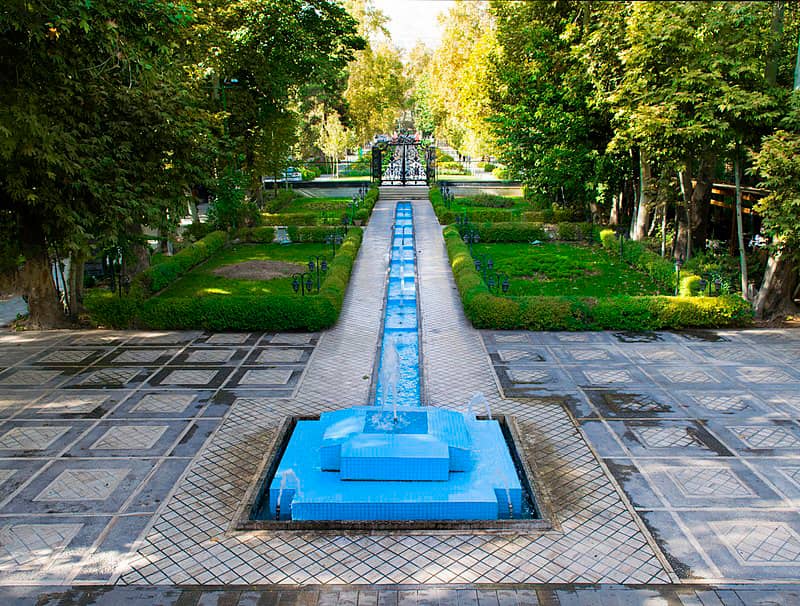
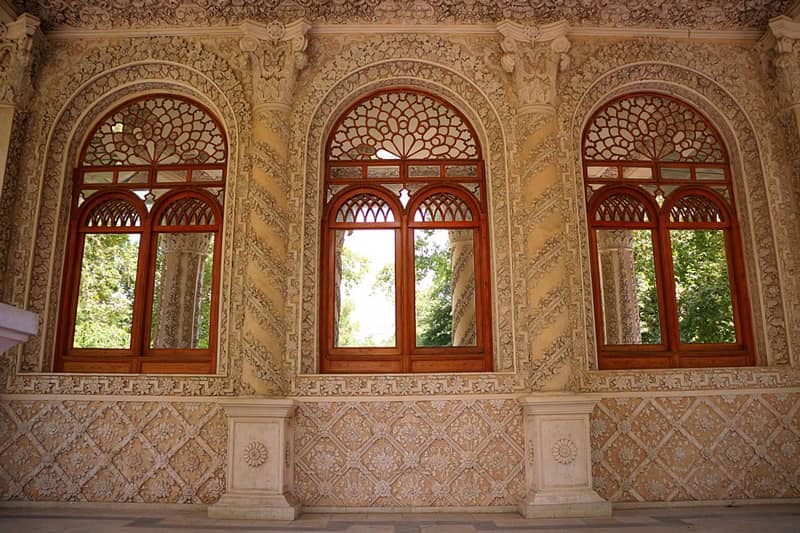
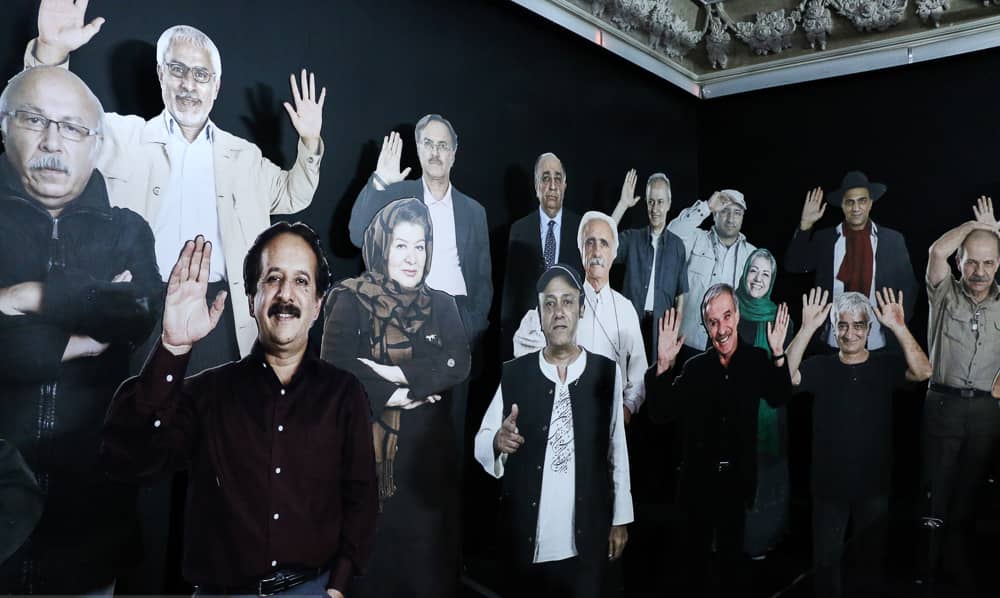
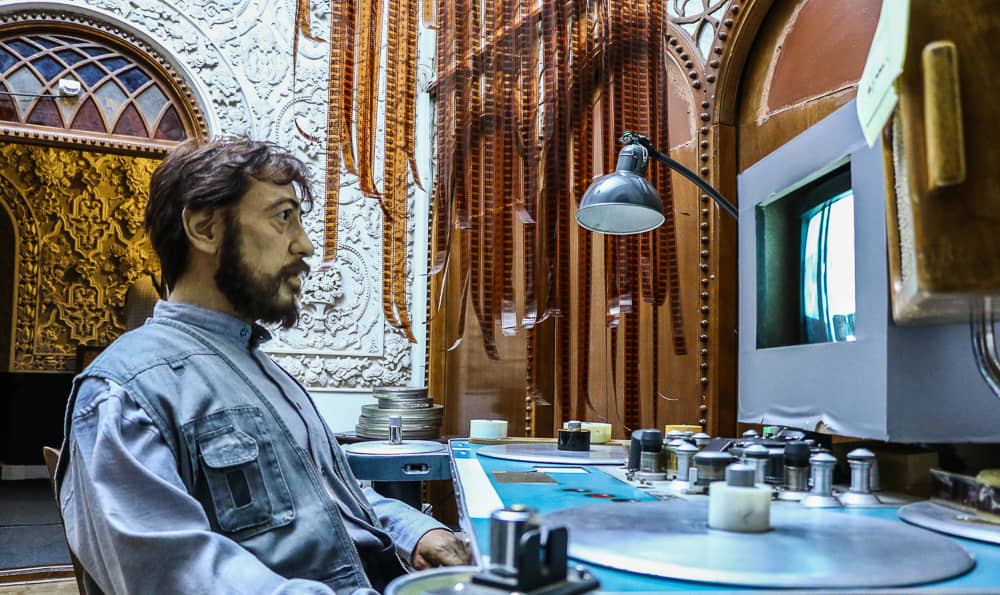
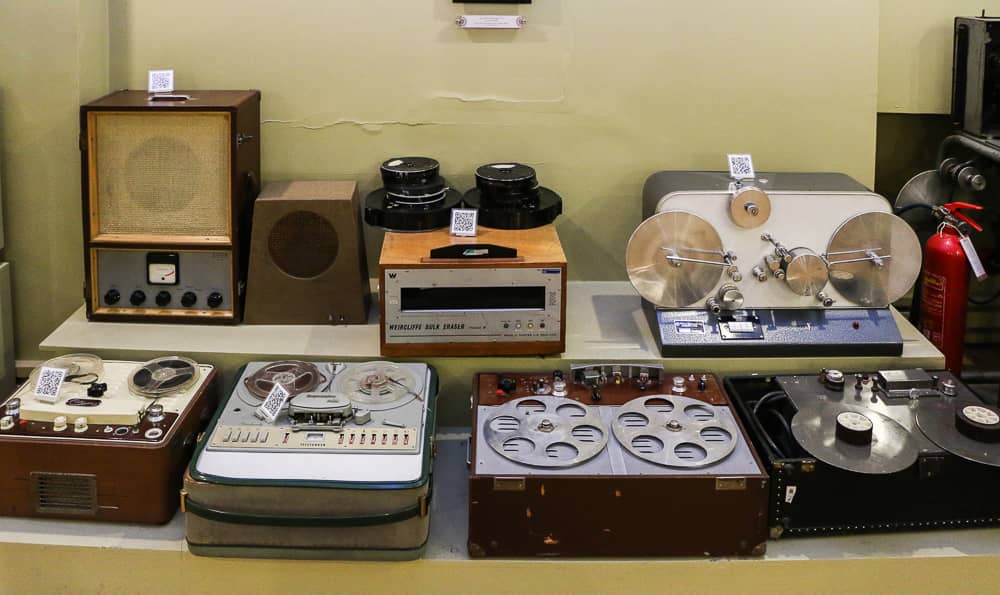
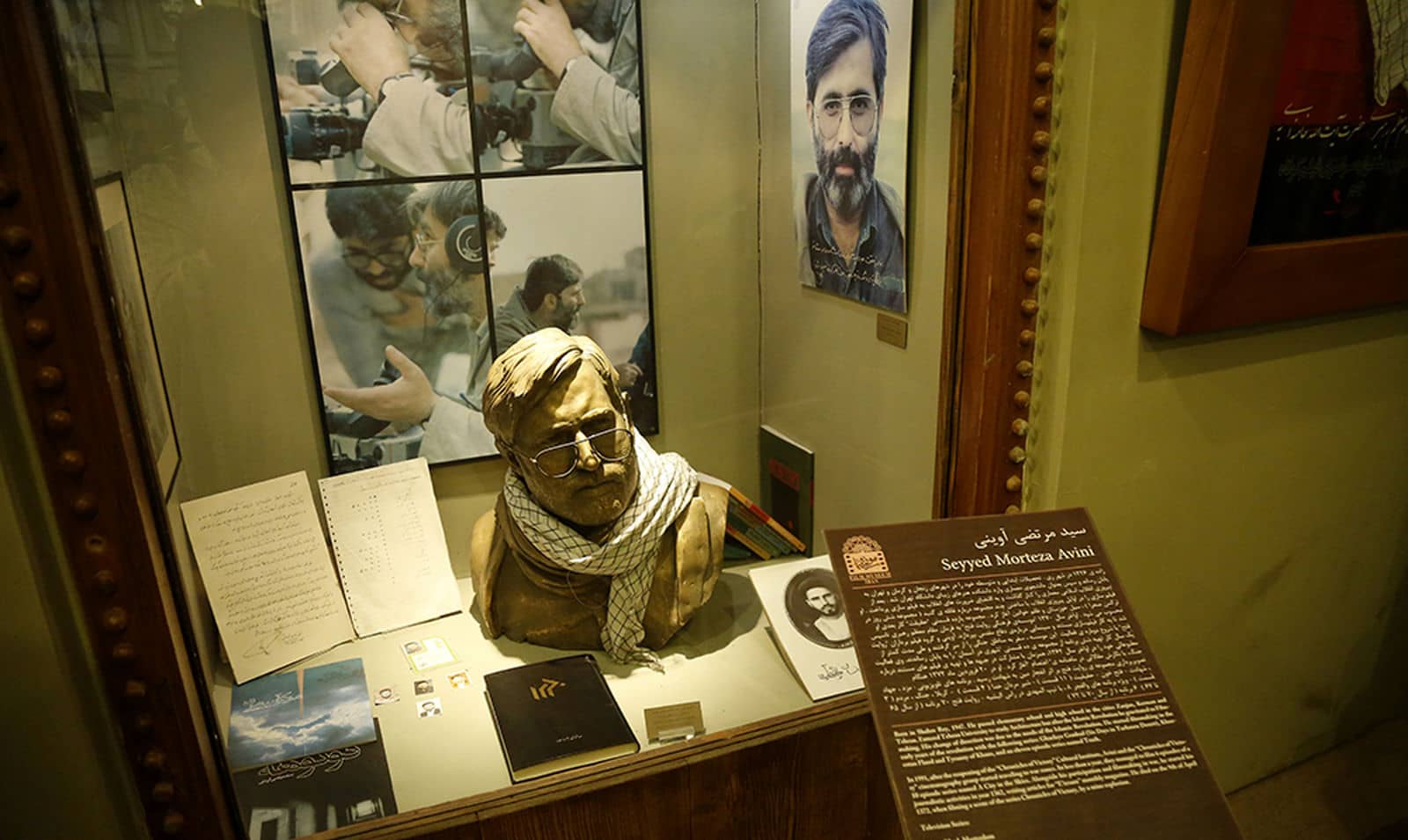
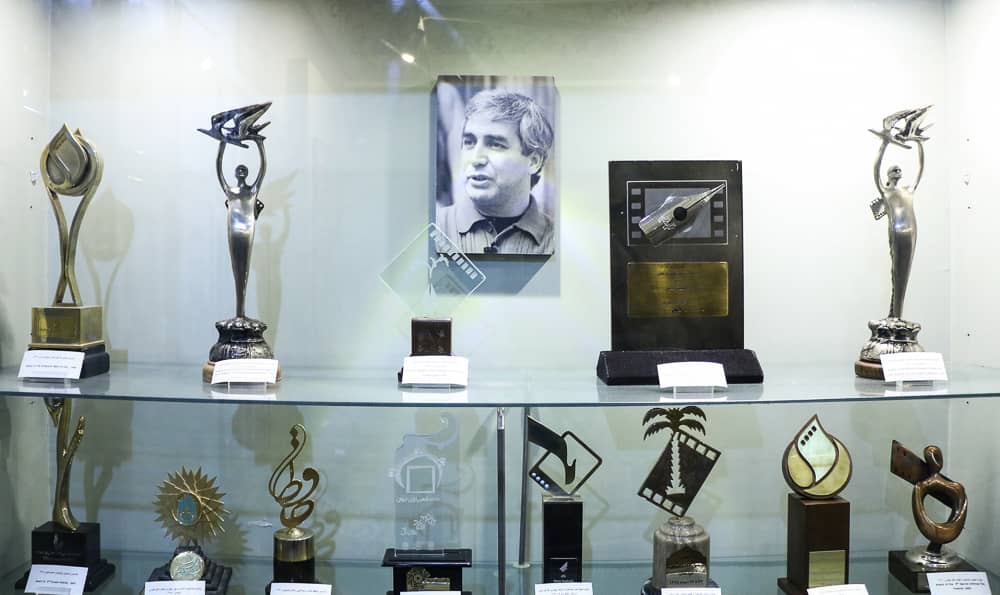











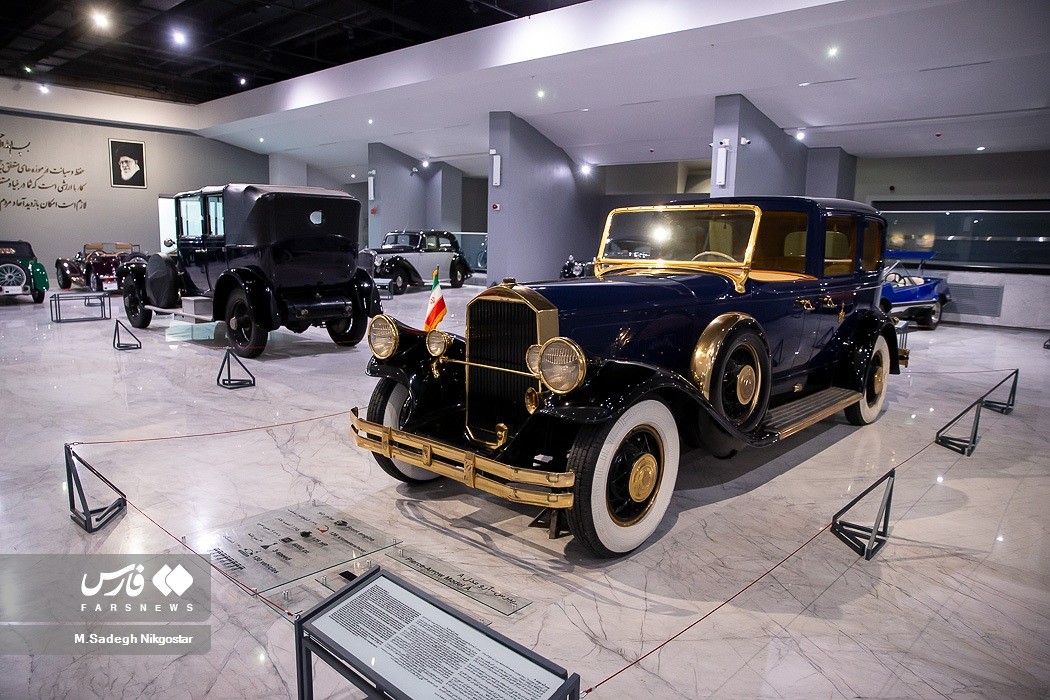
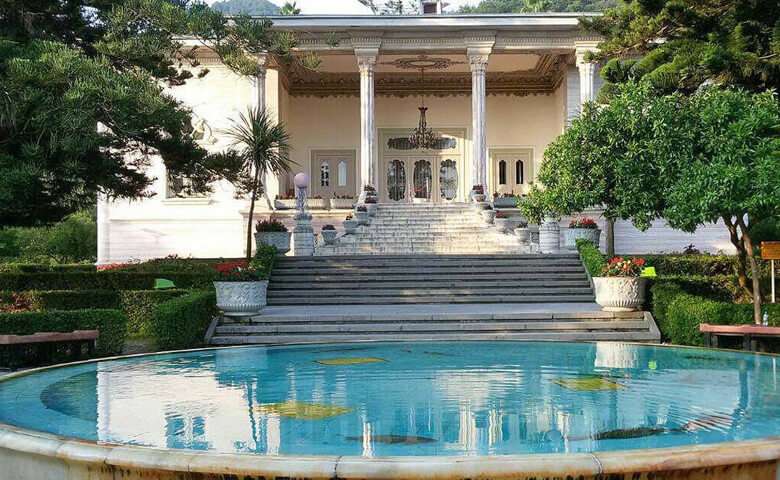
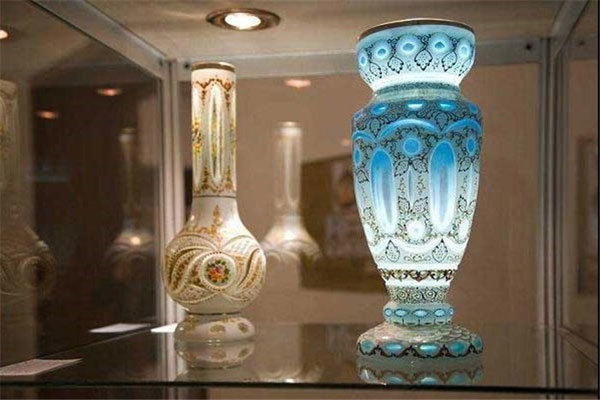
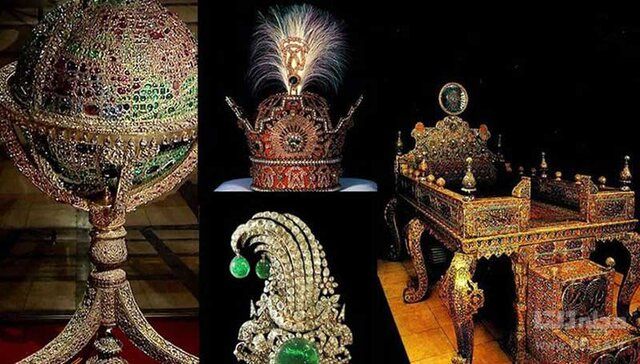
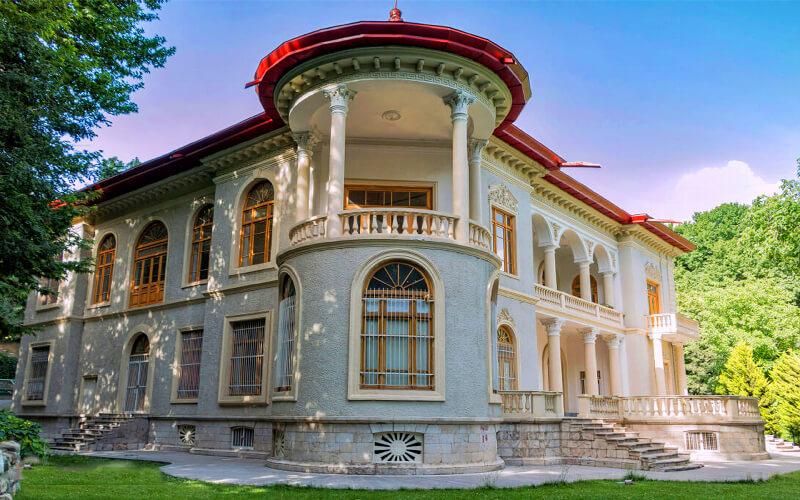
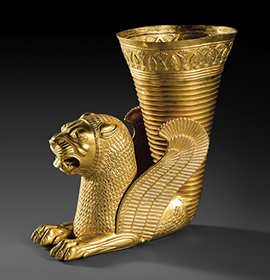


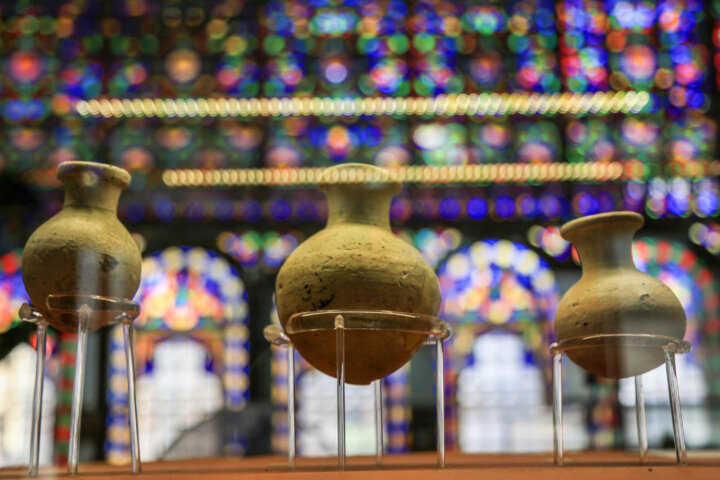

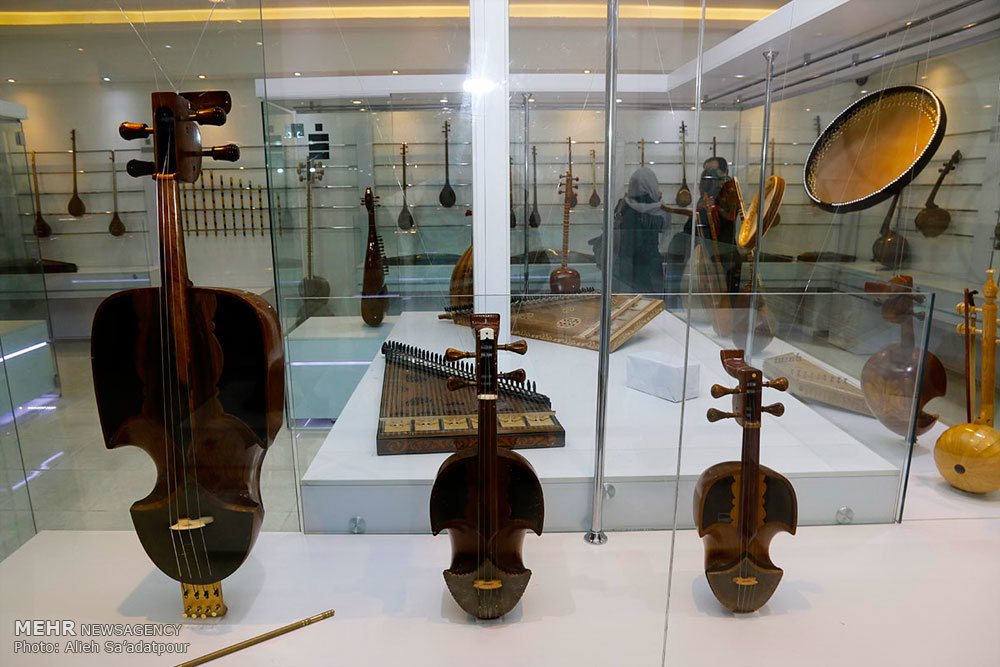
.jpg)

